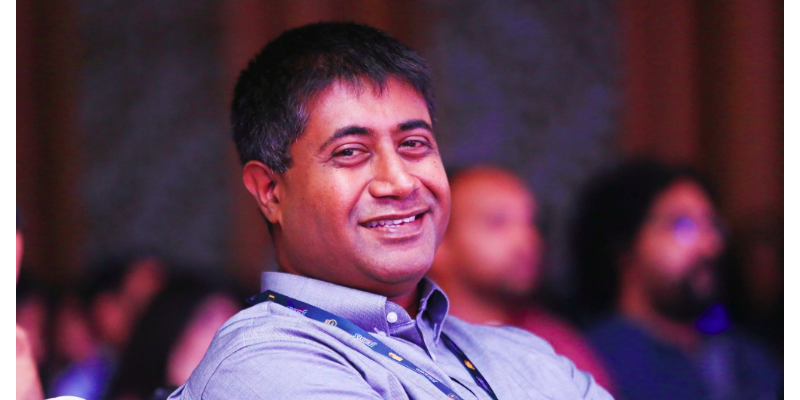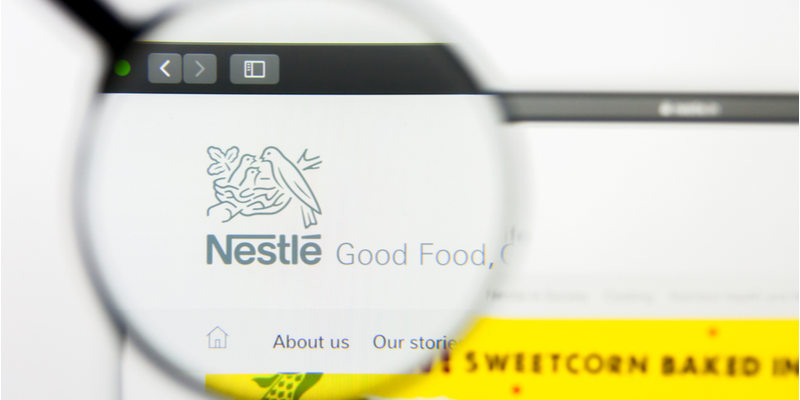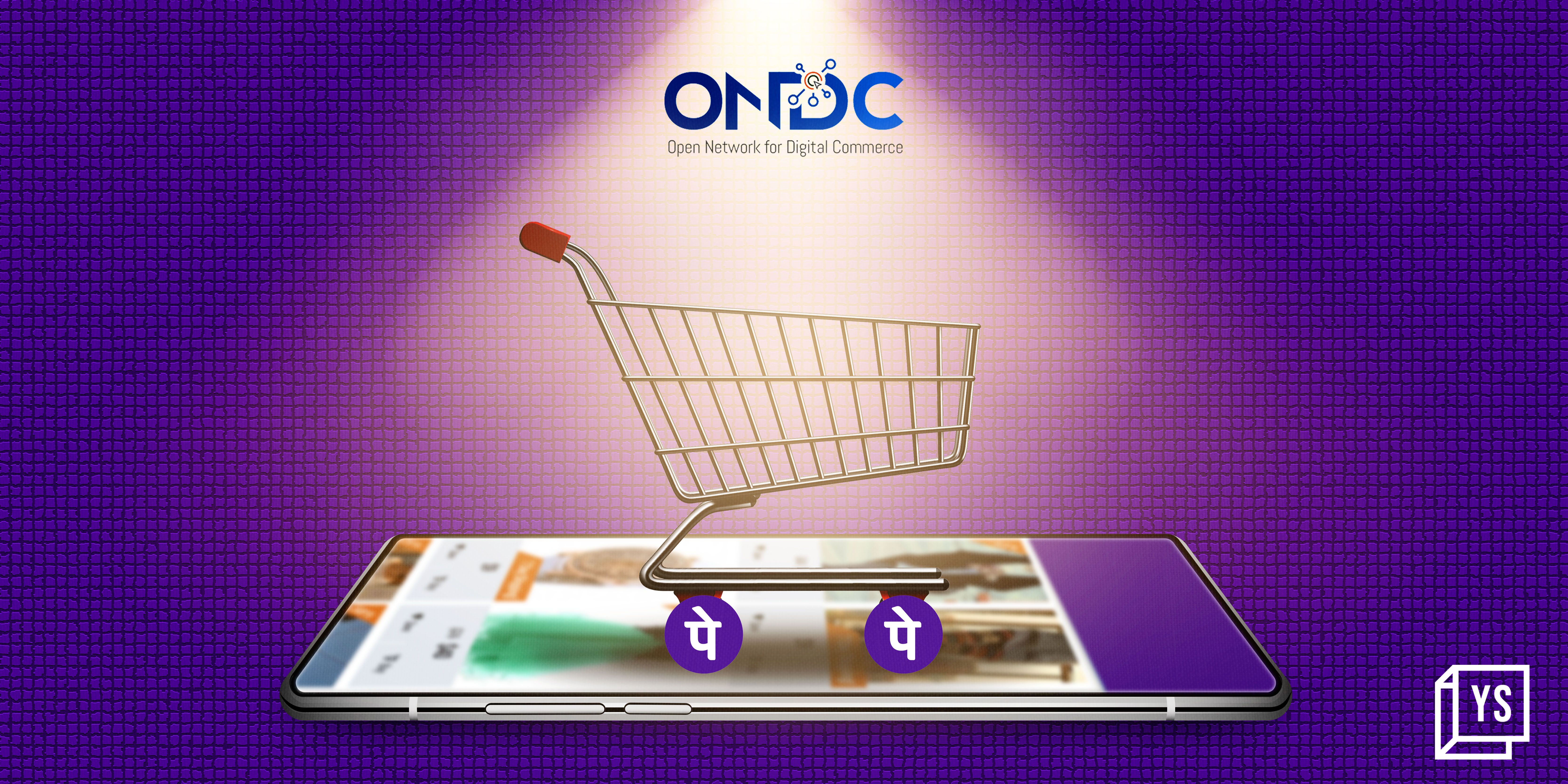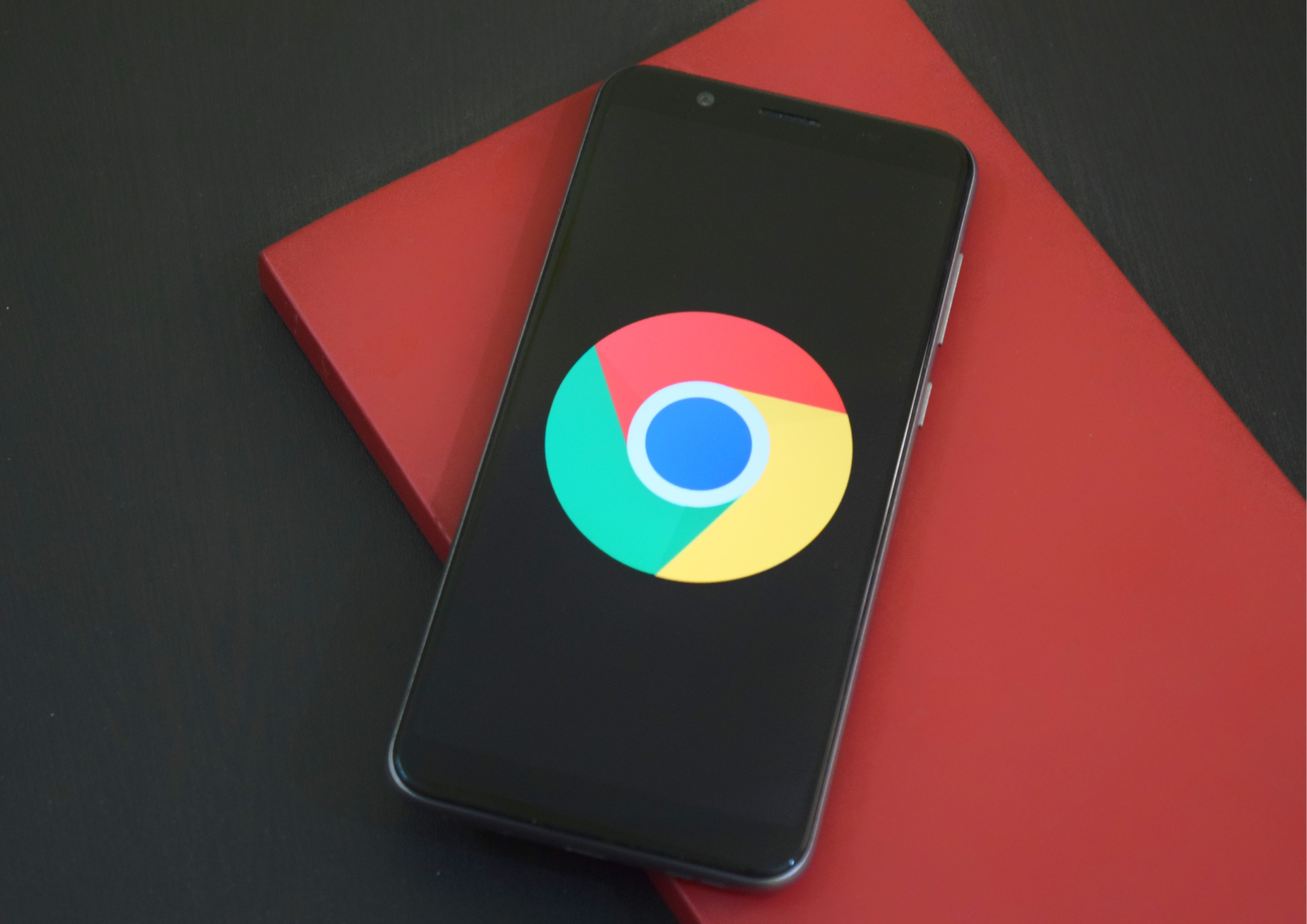Prime, vernacular language and global selling are Amazon’s next big bets in India, says Director of Amazon Seller Services
Gopal Pillai, Director and GM of Seller Services at Amazon India, talks to YourStory about the ecommerce giant’s five-year journey in India, the constraints it faced, its innovations, and bets for the future.
Amazon completes five years in India today. Since its launch in 2013, it has committed over $5.5 billion to the world’s second-most populous country and one of the fastest-growing e-retail markets.
That India is at the core of Amazon’s global strategy is no secret. In a recent shareholder meeting, when Amazon Founder and CEO Jeff Bezos was asked what his firm’s big bets for the next twenty years would be, he stated, “Amazon India, Amazon Studios, and Alexa.”
In a letter addressed to customers on the occasion of Amazon India’s fifth anniversary, Bezos wrote that he was “energised” and “humbled by the opportunities” presented by India, where Amazon is among the top two ecommerce operators.
But, it took the Seattle-based tech-to-retail giant a lot of ground-up research and thinking, local innovation, seller interfacing, technology tweaks, and more, to reach here.
In a conversation with YourStory, Gopal Pillai, Director and GM of Seller Services at Amazon India, talks about the five-year journey, the constraints that led to better innovation, the technological enablement of tens of thousands of micro-entrepreneurs, and the opportunities and bets for the future.

YourStory: How would you summarise Amazon’s five years in India?
Gopal Pillai: When we started in June 2013, we had just 100 sellers and one fulfillment centre in Mumbai, and may be a couple of million in selection. Five years later, we have 340,000 sellers, 170 million in selection (number of products listed), 67 fulfillment centres, and 20 million cubic feet of storage space. This is the largest in the country. It is super expensive to set these up, but we were willing to make that kind of investment because we had a long-term focus.
It is not that Amazon will be here for two-three years. We want to be here for decades to come. And these are strategic key investments we have made. This is huge progress in five years. When we started out, our top-of-the-mind awareness was in single digits. Today, it is at 47 percent. If you ask sellers, which is the #1 marketplace you want to be associated with, Amazon stands at #1, and the next player is at 20 percent.
YS: Does the rate of growth match that of other markets or have you grown faster in India?
GP: It depends on the time period. For the first year, Amazon was the fastest-growing. Even with Prime, which started here in July 2016, India became the fastest-growing market globally. Within a year, one-third of our products delivered are in Prime.
In 2015, we had about 35,000 sellers. It took us almost three-and-a-half years for the first 100,000 sellers. It took 11 months for the next 100,000. Then it took us seven months for the next 100,000. And we added 40,000 more. We had no idea that we could reach 10X in three years. Our focus was on working backward from sellers, and making sure we give them the capability to be successful.
YS: So, where does Amazon Seller Services go by 2021?
GP: It is hard to predict, but the addition is going to be much faster now. However, as we reach more Tier-III and Tier-IV towns, they will have their unique problems. We will learn a lot and adopt and innovate on behalf of them. We will create fulfilment channels and tools for them to scale up. But we’ll always follow our ‘virtual cycle of growth’.

Everything starts with good customer experience. If you have that, traffic comes. When there’s good traffic, sellers will come, and add more selection, and that will better the customer experience. And when this spins, growth happens and that drives lower cost structures for everyone. Sellers don’t need to have 20X more people to drive 20X more volume. You get the economies of scale. That drives lower prices for customers too. We have used this cycle in every business we operate in. We believe this strategy is working (in India), and that is why we were able to go from 100 to 3,40,000 sellers in five years.
YS: What were the core learnings from India, and how did you innovate specifically for this market?
GP: Awareness was a problem initially. There was a myth that selling online is difficult, tedious, time-consuming, and it requires a lot of capital. Every other locale we operated in until we came to India, we didn’t have to worry about seller awareness or whether they were used to a laptop or not. But, India is unique. Many sellers hadn’t even seen a laptop until then, and the fact that they didn’t even want to leverage the technology opportunity was new for us. Yet, sellers worldwide have one primary goal - they want to be successful and profitable. That was true for India also.
We created a programme called ‘Chai Cart,’ and we went and served nimboo pani and chai in different seller-dense locations across India, and talked about the opportunity. Sellers started showing interest, and some of them converted too.
We got inspired by the success of Chai Cart and created something called Amazon Tatkal. We Indianised our programme and told sellers that if you want to launch, we can guarantee that in 60 minutes. We parked our vans in seller-dense locations, and on-boarded them. Some of them didn’t even have an email address. So, we went about creating that, taking photographs of their products, and took them live in an hour. We ended up visiting about 12o cities and traveled 50,000 km. We haven’t done anything like this in any other country we operate in.
We also did Seller Interact sessions. Before Diwali, our seller support teams would go to cities and have sellers come and get their questions resolved. Worldwide, we usually encourage sellers to send emails or make phone calls. But, Indians prefer the face-to-face connect. Our interaction sessions became so successful that now, the US is trying to adopt it.
Seller mobile app was another big thing. We created India-first innovations, so sellers could get registered and do their day-to-day business on the app. The ‘registration to launch’ is not available in the worldwide seller app. Because in other locations, mobile app is the secondary screen, whereas in India, it is the primary screen. People want to do everything on their mobile, and they may not have even seen a laptop. So, while the strategy was global, we localised the innovation. Our seller mobile app has 1.2 million downloads in India. More than 60 percent of the sellers here use it.
YS: There were tweaks made to the Fulfillment by Amazon (FBA) model. How did that come about?
GP: Worldwide, FBA is our gold class seller experience product. In India, we realised we were not able to start fulfillment centres in every state due to local rules or regulatory reasons. We had to find a way to give the best-in-class fulfillment experience to sellers without having to build a centre. That’s when we came up with the Seller Flex programme. We were able to give them the same visibility by moving their product from outside their room, to inside the Amazon fulfillment centre within their location, and we are able to do this in every state with the help of software. This was an India-specific innovation. We have been very successful with Seller Flex. It has scaled up pretty quickly since 2015, and is one of our core fulfillment channels now. It is on par with FBA in the seller experience it provides, and now, we are experimenting with it worldwide.
YS: Which sellers were easier to onboard? Were they in the metros and Tier I cities, or in the smaller towns?
GP: It is a common myth that Tier I is savvy and knowledgeable, and Tier II is not. But, there is a mix in our seller profile. When we started, there were sellers in Bengaluru and New Delhi, who did not know about Amazon. At the same time, we had sellers from Tier III cities like Tirupur (in Tamil Nadu), who were using our global selling programme. We met this really savvy t-shirt manufacturer who’s one of the most successful sellers on our platform now. This is another learning we had, that we can’t profile people based on where they are from. We have seen success coming from everywhere. It depends on the capability of the seller.
Some sellers have been successful on their own, while for others, we created the capability in the form of a service provider network (900 touch points in 90 cities), which helps them with things like taking photos of their products, transportation, and so on. We have actually created a parallel marketplace for service providers and sellers to connect. And this again is an India-first initiative. It scaled so much that now we are launching it worldwide.
A lot of these learnings and constraints has helped us innovate better, not only at Amazon India, but also globally.
YS: Did you face any resistance for being a ‘foreign’ player in 2012-13 because several domestic sellers had been opposing the entry of international big-box retail chains back then? Were sellers opposing Amazon too, or did they see it as a driver of growth?
GP: To my knowledge, it is the second. When you are a marketplace, you are not doing it on your own. In the US, it is about 70 percent organised retail. But, in India, it is much smaller. The SMBs account for 70-80 percent of the GDP. It is not like we wanted to bypass them. We considered them an equal partner in this journey. It was about creating an open marketplace and coming up with seller-friendly policies, such that it motivated sellers with the right skill sets.
And when the right skill set was not available, we augmented that with our own set of service providers. The only thing the seller needed to be worried about was manufacturing good quality products or sourcing them. We took care of everything else, including the working capital needs of some through the Amazon lending programme. There are tens of thousands of sellers in the programme, and we have multiple partners. It was a win-win, sellers didn’t have to go to banks. They could be in Seller Central and get their end-to-end transactions done without having to step out of their offices.

YS: What is the level of government resistance or friendliness you have faced in the last five years? Both at the central and state government levels.
GP: By and large, they are seeing the advantage of the ecommerce platform and what it brings to the table. Global selling, for example, has enabled more than 32,000 sellers to reach 300 million customers worldwide through 11 marketplaces. It is very well-aligned with the PM’s vision of ‘Make in India’ and ‘Digital India’.
We were able to partner with some government agencies and change some of the policies that were not helpful to sellers. The government has created a call centre where sellers can discuss their compliance issues. On the domestic side, we have partnered with the state governments of Maharashtra, Gujarat, Telengana, Tamil Nadu, Jharkhand, and West Bengal. In Gujarat, we are reaching out to local artisans, weavers, and tribal entrepreneurs with our Kala Haat programme. We have enabled several ultra-local weavers and conducted workshops in educating them about the opportunity. We are not just focused on signing MoUs, but we are focused on the right business. The Department of Textiles is happy with our partnership. So, we want to ensure the business we are creating is long-lasting and it is reaching every nook and corner of India.
YS: What are the new focus areas that will drive Amazon India ahead in the next five years?
GP: Vernacular language will be a focus area. We have invested a lot in ‘Seller University’ where we have 750 videos in different languages to educate sellers about the opportunity. We will continue to focus on new seller acquisition channels. Apart from Kala Haat, there is Saheli, a programme for women entrepreneurs. It has impacted 80,000 women through seven different partnerships we have. A lot of people are reaching out to us through this initiative.
The other focus areas would be Prime. It is going to be a big enabler. It will drive growth, better customers and seller experience. We have more than 40 million products in Prime today. Every third product sold on Amazon is a Prime product.
Offering the Prime programme to more customers is going to be critical. We will also focus on niche categories like fine art. Nobody has touched this area. We want to make sure that Amazon becomes the ‘everything store’, where we sell anything that customers can think of.
Global selling would be another key area. The US, EU, and Japan are major markets for Indian sellers. It is not just Indians who buy products, but there is a great demand for products that India is good at manufacturing. There are a lot of industries in which Indians have an advantage. So, why do we limit them to Indian customers only? These sellers can send their products to the fulfillment centres in the destination countries.
And we will continue to leverage technology. We have proven evidence that technology gives the scale for sellers to become successful in a non-linear manner. They can do everything via tools, so that they don’t have to do anything manually. Our sellers’ business growth and profitability is our goal.
YS: In what multiples will Amazon’s India investment go up now?
GP: We are so fortunate to have an investor who really believes in Amazon India. If it is for the right thing, the budget is not going to be a constraint for us. There were three success stories in the last 20 years, according to Jeff Bezos’ recent shareholder letter - Marketplace, Prime and AWS. These are the pillars of Amazon. So, one of the attendees asked what will be the next three? He said his bets are Amazon India, Amazon Studios, and Alexa.
For a founder with such a vision, he will continue to support us. He is happy with the progress we have made in India.
YS: Does Amazon feel the need to match investments of its competitors, now that a lot is happening in the domestic ecommerce sector?
GP: We are always customer-obsessed, and not competitor-obsessed. If you are competitor-obsessed, you will hit the ceiling. After you have matched the funding, what do you do next? Customers always want new things. When you are obsessed with them, there is no ceiling. We will continue to innovate on their behalf, and make the right investments. Fulfillment centres are a huge investment. Taking the partners along the way is also an investment. We don’t want to scale rapidly, but we want to pick the right partners. We want to make sure everyone is winning in this.











![[Funding roundup] TOONSUTRA, Excellent Publicity, Growfitter, Cosmofeed and more raise early-stage deals](https://images.yourstory.com/cs/2/b3bfb136ab5e11e88691f70342131e20/Imagepb97-1614167910893.jpg)